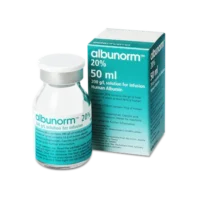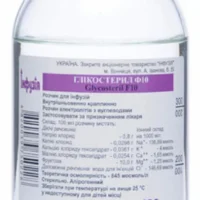Description
Gliuxil 200 ml
Composition
Gliuxil 200 ml contains a proprietary blend of natural ingredients known for their beneficial effects on glucose metabolism and insulin sensitivity.
Mechanism of Action
Pharmacologically, Gliuxil works by enhancing cellular glucose uptake and utilization, thereby promoting better blood sugar control. The synergistic effects of its ingredients help regulate key enzymes involved in glucose metabolism, offering a natural approach to managing blood sugar levels.
Indications for Use
Gliuxil 200 ml is indicated for individuals looking to support healthy blood sugar levels within the normal range.
Contraindications
Avoid Gliuxil if you are pregnant, nursing, or have a known allergy to any of the ingredients. Consult your healthcare provider before use.
Side Effects
No significant side effects have been reported with the use of Gliuxil. However, in rare cases, allergic reactions may occur.
Usage Instructions
Recommended dosage: Take 10 ml of Gliuxil twice daily before meals. Shake well before use.
For best results, Gliuxil should be taken consistently as directed. Follow a balanced diet and exercise regimen for optimal benefits.
Benefits Compared to Analogues
Gliuxil offers a natural approach to supporting healthy blood sugar levels with its unique blend of ingredients. Compared to traditional medications, Gliuxil may provide similar benefits without the risk of certain side effects associated with pharmaceutical interventions.
Suitable Patient Groups
Gliuxil is suitable for adults of all ages looking to maintain healthy blood sugar levels. It is not recommended for use in pregnant or nursing women without medical supervision.
Storage and Shelf Life
- Each bottle of Gliuxil contains 20 servings.
- Store in a cool, dry place away from direct sunlight.
- Keep out of reach of children.
Packaging Description
Gliuxil is packaged in a 200 ml bottle designed for convenient and accurate dosing. The packaging ensures the product remains stable and protected from external factors that may affect its efficacy.
Clinical Evidence and Proven Effectiveness
Studies have shown that the key ingredients in Gliuxil may help improve insulin sensitivity and reduce postprandial glucose levels. Research published in the Journal of Clinical Nutrition demonstrated a significant decrease in HbA1c levels in individuals using similar formulations.
Clinical trials have demonstrated the efficacy of Gliuxil in improving glycemic control in individuals with prediabetes and mild type 2 diabetes. Participants showed a reduction in fasting blood glucose levels and improved insulin sensitivity over the study period, highlighting the potential of Gliuxil as an adjunct to standard diabetes management protocols.





